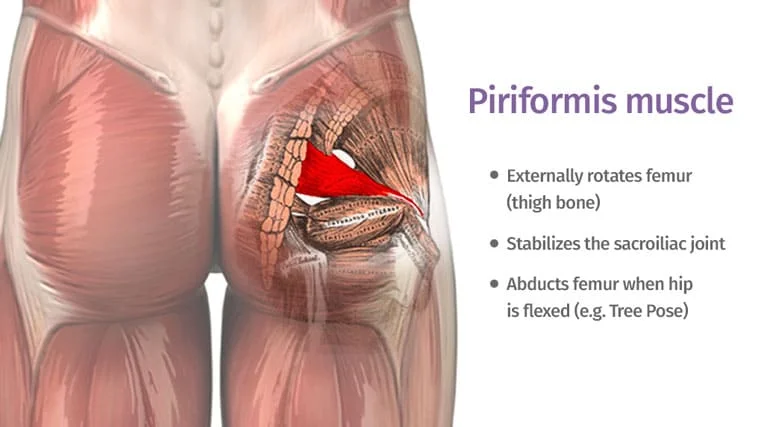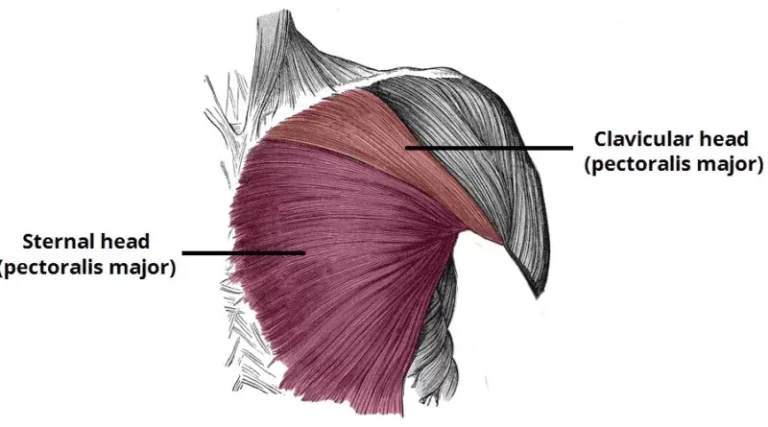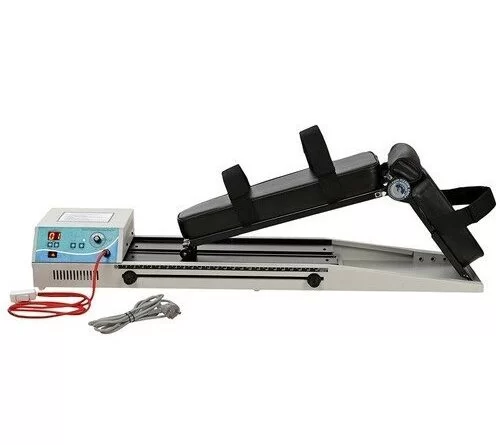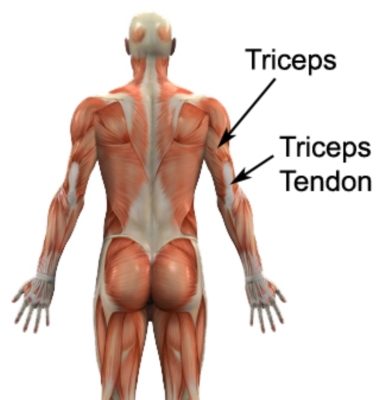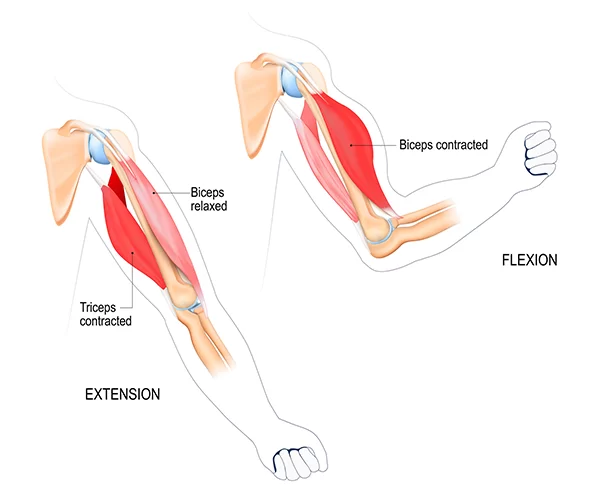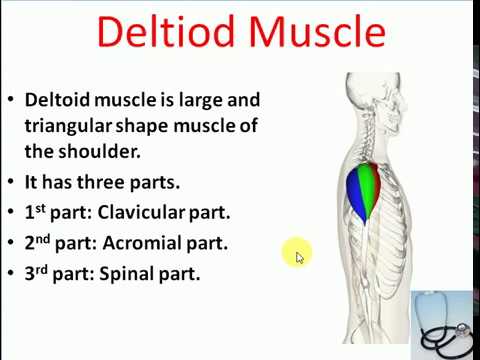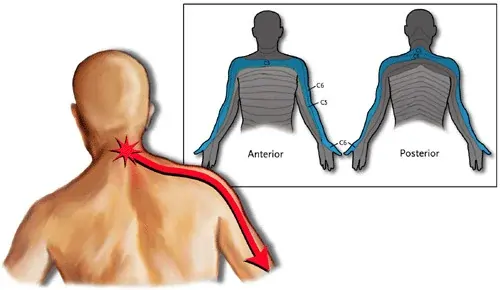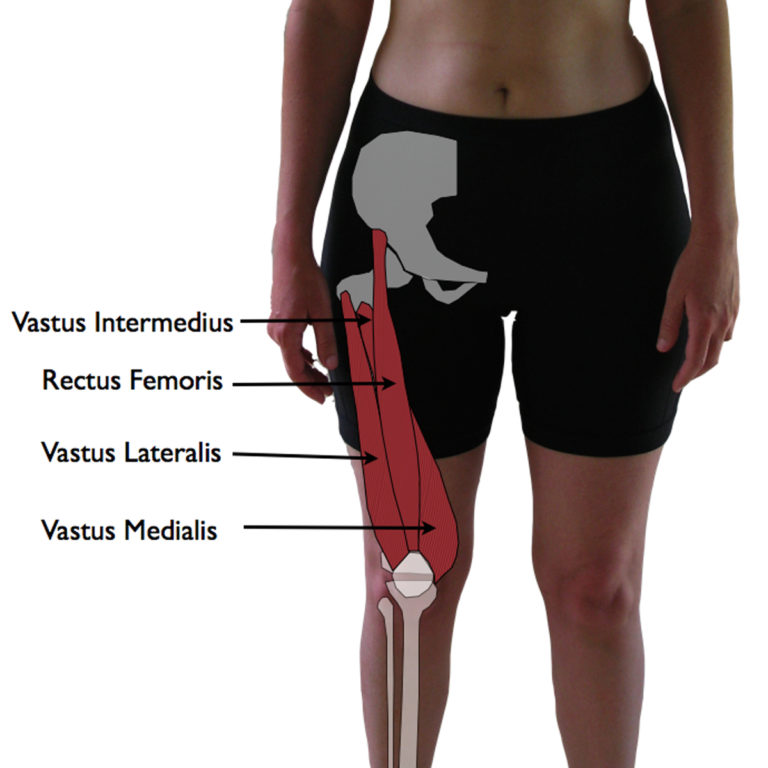Piriformis Syndrome: Physiotherapy Treatment, Exercise
What’s piriformis syndrome? Piriformis Syndrome is a condition whereby the sciatic nerve is pressed against the piriformis muscle and can cause pain and numbness in the back and buttocks. The syndrome is mainly characterized by pain in the buttock region and pain that radiates into the lower limb. There can be other symptoms such as…

